Data integration—the process of combining data from different sources into a single, unified view—is essential for enterprise work in our data-driven economy. Data integration tools parse through heterogeneous data and extract what’s relevant, transforming vast amounts of structured and unstructured data into actionable information. Finding the right one for your business is critical.
We evaluated the best data integration tools and software on the market to see how they compare on the features most important to enterprise users. Here are our picks for the top data integration tools for teams and businesses in 2024:
Although the data integration tools in this list all offer core data integration capabilities, each has a suite of other key offerings for various use cases. Here’s an at-a-glance comparison of how they stack up in four major categories. Note that all per-user prices are with a one-year commitment, unless otherwise noted.
| Core Features | Ease of Use | Customer Support | Pricing (Annual) |
|
|---|---|---|---|---|
| Fivetran | 400+ fully-managed connectors, analytics-ready schemas, prebuilt data models | 4.3/5 | 3.3/5 | Offers free version; Contact sales for quote |
| Microsoft SQL Server | Data mining, data preparation, data encryption | 3.6/5 | 4.4/5 | Offers free version; Up to $15,000+ |
| Apache Airflow | Workflow monitoring, error handling, task management | 3.6/5 | 0.8/5 | Free to use |
| Informatica PowerCenter | Data validation testing, data encryption, data warehousing | 3.2/5 | 3/5 | Contact sales for quote |
| Pentaho | Embedded analytics, drag-and-drop interface, data transformation | 3.6/5 | 3.8/5 | Contact sales for quote |
| Talend | Data migration, 1,000+ connectors, pipeline designer | 3.3/5 | 2.4/5 | Contact sales for quote |
| Mulesoft Anypoint Platform | API Development, API Management, data encryption | 3.6/5 | 2.9/5 | Contact sales for quote |
| IBM Infosphere DataStage | Data visualization, data migration, no-code functionality | 2.7/5 | 4.7/5 | Contact sales for quote |
| Boomi | Data mapping, scalability, data validation | 4.2/5 | 3.2/5 | Contact sales for quote |
| Oracle Data Integrator | ETL, data warehousing, data validation | 2.7/5 | 2.8/5 | Contact sales for quote |
![]()
Best for an intuitive data integration interface
Fivetran is a user-friendly data integration tool that helps you automate extract, load, and transform (ELT) processes with its wide range of prebuilt connectors for various data sources. Users can leverage its intuitive platform to build no-code data pipelines, access a wealth of connectors added by Fivetran’s engineers, or build their own. With little to no scripting required for ELT, users can automate the whole data pipeline even without prior scripting experience.
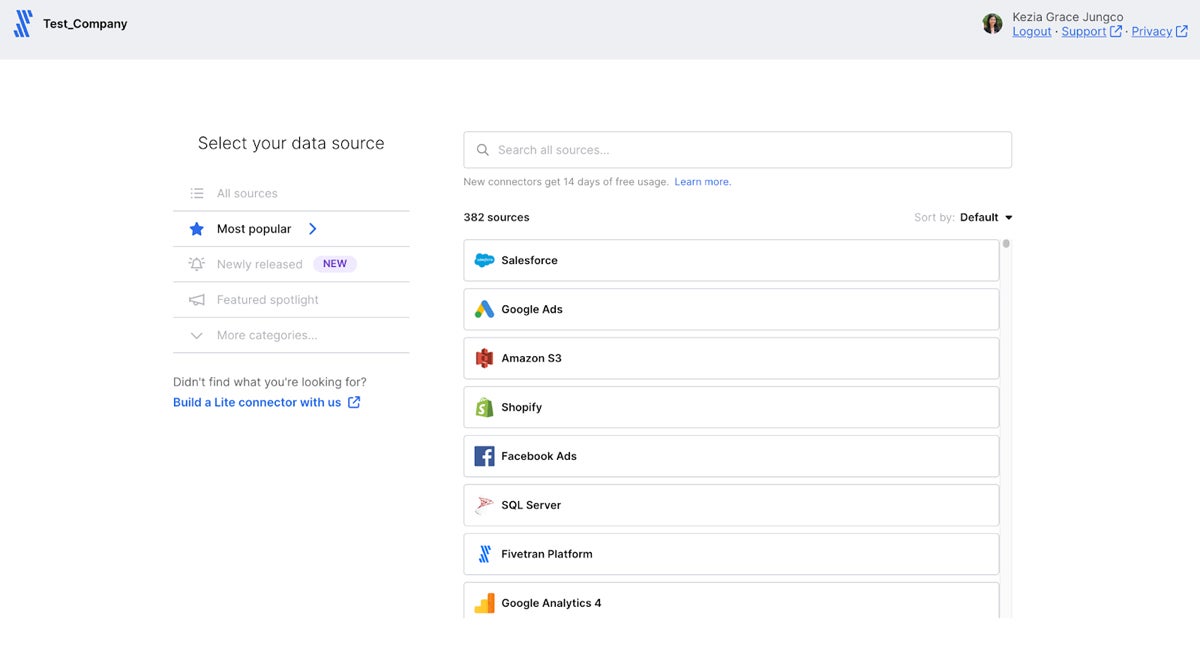
| Pros | Cons |
|---|---|
| Fast data migration | Pricing isn’t fully transparent |
| Provides a wide range of data connectors | Offers one-way data sync only |
![]()
Best for storing relational databases
Microsoft SQL Server is a relational database management system developed by Microsoft that allows you to organize data points with defined relationships. Users can structure data into tables, views, and indexes that represent predefined categories, making it more flexible to access. Database administrators can also manage physical data storage without affecting the data’s logical structure, so it’s easier to manipulate the data according to your business’s needs.
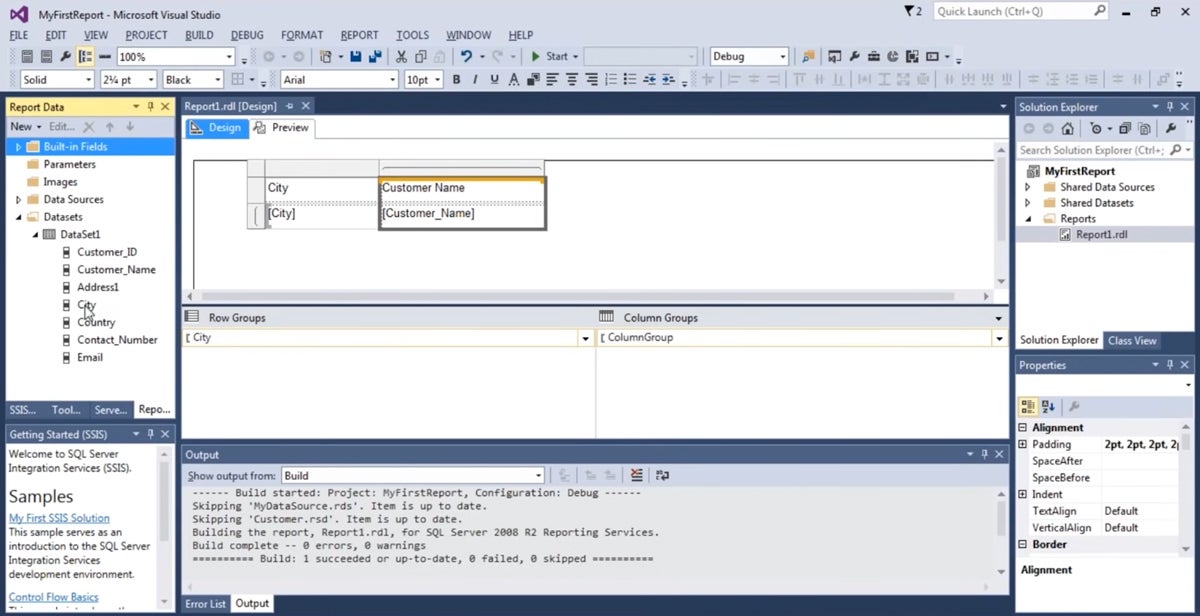
| Pros | Cons |
|---|---|
| Robust integration with the Microsoft ecosystem | Can be resource-intensive |
| Offers scalability and performance optimization tools | Interface can be complex to new users |
![]()
Best for scheduling and monitoring data workflows
Apache Airflow is an open-source platform that helps you schedule and monitor batch-oriented workflows with any technology via its expandable Python framework. Airflow’s scheduler monitors a directed acrylic graph (DAG), which is a collection of all the tasks you want to run. The scheduler also stays in sync with all the DAGs in your directory, collecting parsing results once per minute to check for any active tasks that can be triggered in your workflow.
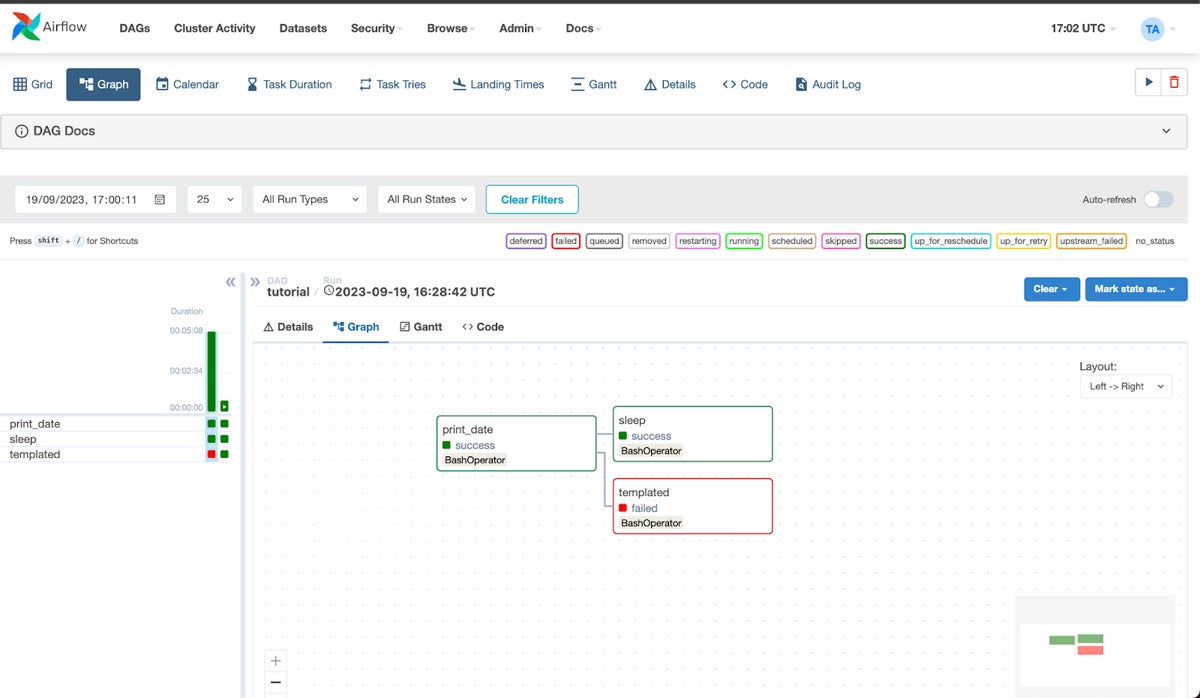
| Pros | Cons |
|---|---|
| Highly extensible and customizable | Has a steep learning curve |
| Robust workflow orchestration | Limited web user interface |
![]()
Best for automating ETL testing
Informatica PowerCenter is a robust data integration tool that helps businesses and organizations streamline their extract, transform, and load (ETL) testing processes. Users can automate data integration steps that are often manual and repeated, such as connecting and executing database queries, running jobs, defining variables, and more. You can also set up an automated testing framework to avoid data loss and maintain good data quality for both system testing and regression testing.
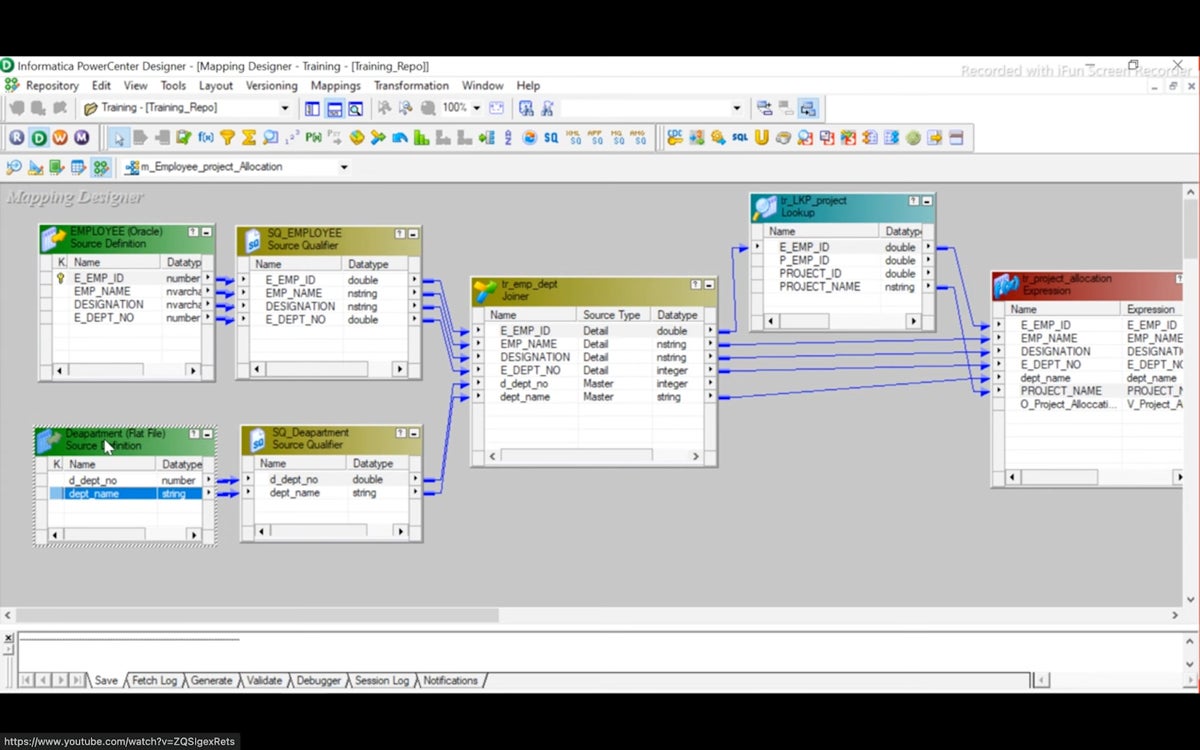
| Pros | Cons |
|---|---|
| Provides real-time data processing | Platform can be costly |
| Drag-and-drop interface for building pipelines | Users report occasional lagging |
![]()
Best for centralizing data integration tasks
Pentaho Data Integration is a business intelligence (BI) platform that helps businesses organize data better for end users. Deliver comprehensive data analytics to your target audience without the need to write SQL or code in Java or Python. Its intuitive drag-and-drop designer allows you to create data pipelines, while its wealth of prebuilt components helps you prepare and blend data from relational sources, big data stores for on-premises or in the cloud, and more.
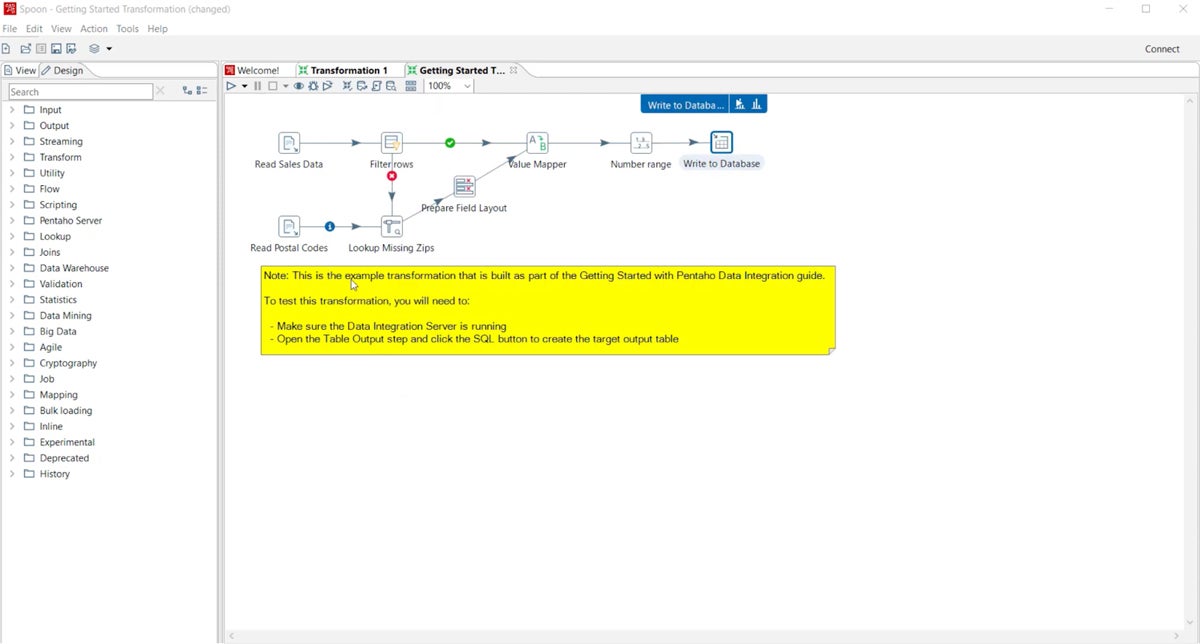
| Pros | Cons |
|---|---|
| Robust data mining features | Has a steep learning curve |
| Data can be imported easily | Large datasets can be challenging to handle |
![]()
Best for scaling large datasets
It can be challenging to collect the right data from diverse sources—and an even bigger challenge to do so at the speed your business demands. Talend provides a unified approach that combines rapid data integration, transformation, and mapping with automated quality checks to ensure trustworthy data every step of the way. Integrate virtually any data type from any data source to any data destination, on premises or in the cloud.

| Pros | Cons |
|---|---|
| Offers good preview of data counts | Lack of pricing transparency |
| Built-in workflow orchestration | Java-based applications can be slow |
![]()
Best for deploying APIs
MuleSoft’s Anypoint Platform is a data integration solution for developing, deploying, and managing your APIs and integrations. Develop APIs using accessible prebuilt assets found in the MuleSoft ecosystem or by building them via continuous integration/continuous delivery (CI/CD) pipelines. Additionally, users can also transform data automatically, test APIs and integrations, and connect to enterprise applications in their CI/CD pipelines.
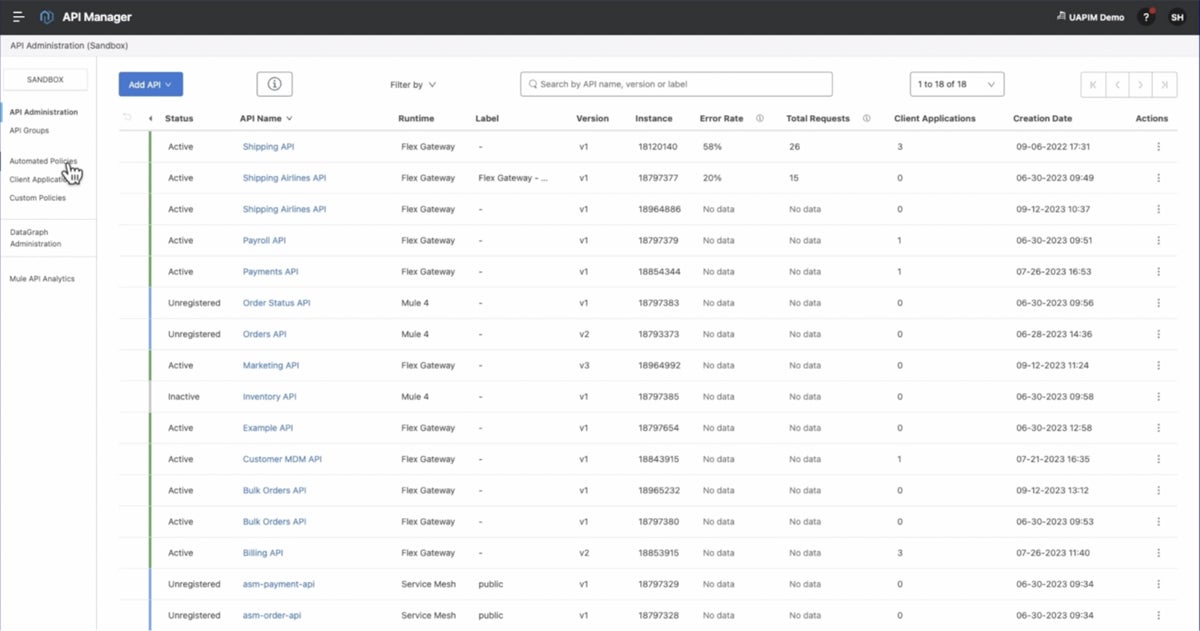
| Pros | Cons |
|---|---|
| Comprehensive API management and governance | Can be resource-intensive |
| Platform is extensive and flexible | Ambiguous pricing plans |
![]()
Best for handling metadata assets
IBM Infosphere DataStage is a popular data integration tool that enables users to import, export, and manage common metadata assets. Datastage’s metadata asset manager allows you to import assets to a staging area before you share them with your metadata repository. In this repository, you can look for common metadata assets such as implemented data resources, physical and logical data model assets, BI assets, data connections, and custom attributes.
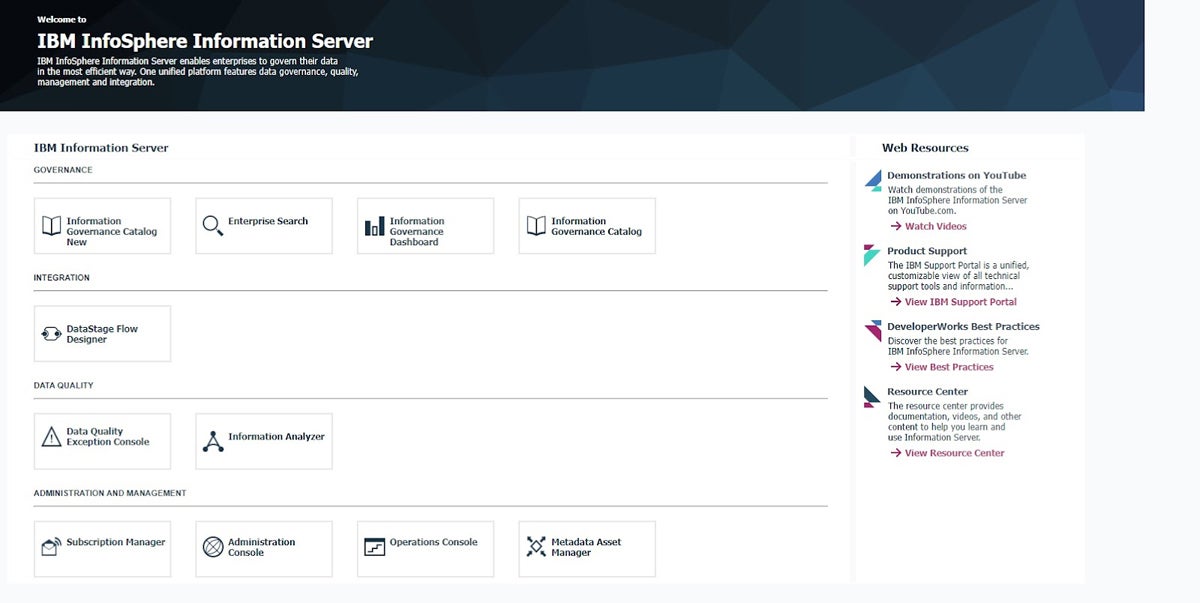
| Pros | Cons |
|---|---|
| Strong ETL capabilities | Steep learning curve |
| Integration with IBM ecosystem | Limited connectivity with non-IBM technologies |
![]()
Best for integrating with enterprise systems
Boomi (Dell Boomi) is an integration platform as a service (iPaaS) solution that powers businesses and organizations with intelligent integration of enterprise systems. Boomi’s multi-cloud and independent platform can support the deployment of integrations between different systems like Salesforce, SAP, and Oracle and cloud-based platforms like Amazon Web Services (AWS) and Azure without coding. Users can also leverage its embedded artificial intelligence to help build enterprise-grade security and reliability faster.
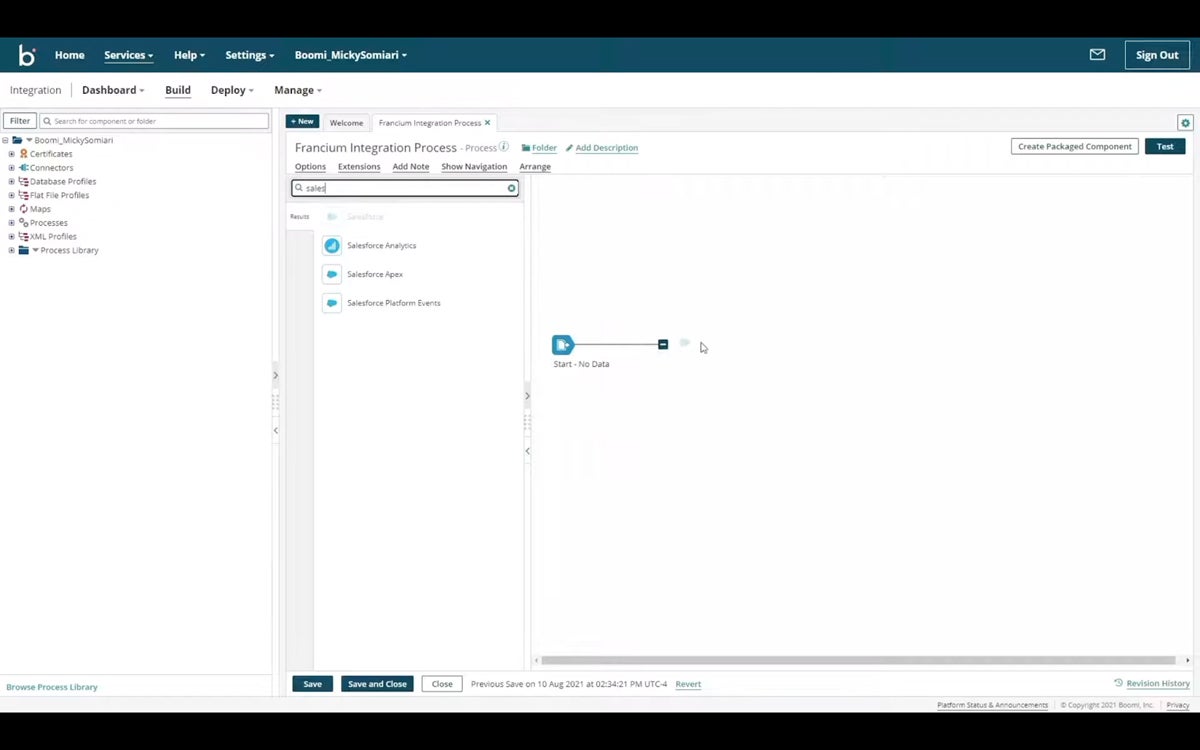
| Pros | Cons |
|---|---|
| Low-code and cloud-native software | Can be challenging to learn |
| Scalable platform | Need to contact sales for pricing |
![]()
Best for managing complex data warehouses
Oracle Data Integrator (ODI) is a data integration platform that provides a fully unified solution for building and deploying complex data warehouses. As ODI relies on a centralized repository, various types of users can access it, including business users and analysts, developers, metadata administrators, and more. Its latest version (ODI 12c) also provides powerful developer productivity and a better user experience with its redesigned flow-based interface.
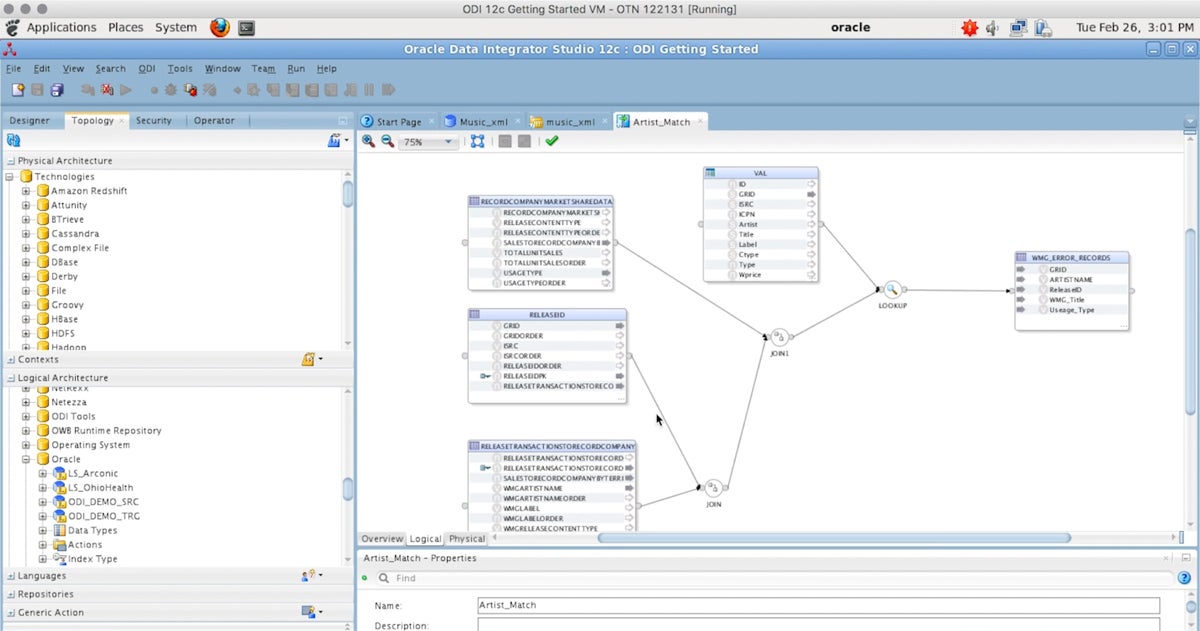
| Pros | Cons |
|---|---|
| Strong integration with Oracle ecosystem | Beginners might find user interface (UI) complicated to learn |
| Flexible and reusable components | Limited third-party connectivity |
Data integration tools offer standard features for flexibility, interoperability, and scalability, but the top solutions provide businesses with key capabilities for various applications and use cases. To help you find the best data integration tools for your business, look into the features below:
Extract, transform, and load refers to the three main steps in the data integration process from various sources into a centralized system. Extract includes gathering data from various sources, like databases or APIs; transformation entails converting and cleaning data after extraction to ensure consistency; load refers to the last step where data is loaded into a target system, such as data warehouses, where it can be accessed and analyzed.
Scalability refers to a system’s capacity to effectively manage an increasing number of activities and an expanding volume of data. Scalability is essential in ensuring that the data integration solution can support increasing workloads to meet the demands of your business.
A data warehouse refers to a type of data management system that provides a centralized repository for cleansing, formatting, and storing data from various sources. It’s also designed to support business intelligence activities such as performing queries and analysis, often involving large amounts of historical data.
Data teams eliminate manual grunt work and minimize inefficiencies by automating data integration processes such as extracting, transforming, and loading data. Scheduling also allows teams to run tasks at a specified date, time, or interval, increasing efficiency and consistency in the data integration process.
Data security in data integration projects can be ensured through various measures, including access controls, encryption, data masking, regular auditing, and data security training. It’s also crucial to comply with data protection regulations such as the General Data Protection Regulation (GDPR), the Health Insurance Portability and Accountability Act of 1996 (HIPAA), Service Organization Control (SOC) Type 2, and more.
We assessed the top data integration solutions based on six main criteria and specific weighted subcriteria. We assigned criteria scores from zero to five, and summed up the total scores to determine the winner for each category as well as the best overall data integration tool. Finally, we assigned a primary use case to each data integration tool included in our list.
The best data integration tools offer standard features for efficient data handling and a seamless integration process with other software and platforms. We put the most emphasis on the core features and integrations. We then assessed each option’s customization capabilities, followed by cost. Ease of use and customer support solutions wrapped up our evaluation.
We looked into each data integration tool’s key offerings including ETL processes, data migration and warehousing, security and compliance, and scalability. Criteria Winner: Informatica PowerCenter, Talend
Here, we assessed how each option syncs with other platforms and software, such as MySQL, AWS, Oracle, Microsoft, and APIs. Criteria Winner: Boomi, Apache Airflow
We considered each data integration tool’s ability to tailor the platform according to a business’s needs, such as data sources, reports, and dashboards. Criteria Winner: Talend, Pentaho
We assessed the pricing structure in terms of starting license fee cost, free trial length, billing options, and pricing transparency. Criteria Winner: Apache Airflow
We evaluated how real users across certified review sites perceive the data integration platforms’ usability and learning curve. We also considered each option’s knowledge base and learning resources available. Criteria Winner: Fivetran
We browsed through user reviews and ratings from reliable sites to see how each tool fared in terms of customer support solutions via live chat, phone, and email. Criteria Winner: Microsoft SQL Server
To facilitate more efficient use of data and the integration process, various data integration methodologies continued to emerge over time, including the following: manual integration, application-based integration, common storage integration, and data virtualization.
Data integration combines data from different sources, such as databases or applications, to create a unified and comprehensive view, which is particularly essential to working with big data. The data integration process offers consistency across various data sources, making it possible for businesses and organizations to analyze combined datasets and find patterns from historical data that were either inaccessible or less commercially viable in the past.
While there are various issues faced in the data integration process, it’s common for businesses to encounter challenges in data quality, such as ensuring that the combined data is precise, comprehensive, and consistent across multiple sources.
Data compatibility is also one of the main issues in data integration, as handling the disparities between different systems’s formats and structures can make the integration process difficult.
Additionally, businesses might also find data governance challenging due to the strict processes of guaranteeing data security, privacy, and compliance with appropriate rules and standard regulations.
Data integration tools provide businesses with a centralized system to manage giant datasets and bridge data silos across various applications and processes. Although the majority of data integration tools provide capacity for ETL processes, data migration, and governance, each platform varies in usability, customization, and integration ability. Consider the tools and software on our list and evaluate which data integration solution is the best fit for your business.
If you’d like to learn about platforms that offer big data features aside from data integration, read our in-depth review of the best big data analytics tools.

Datamation is the leading industry resource for B2B data professionals and technology buyers. Datamation's focus is on providing insight into the latest trends and innovation in AI, data security, big data, and more, along with in-depth product recommendations and comparisons. More than 1.7M users gain insight and guidance from Datamation every year.
Advertise with TechnologyAdvice on Datamation and our other data and technology-focused platforms.
Advertise with Us
Property of TechnologyAdvice.
© 2025 TechnologyAdvice. All Rights Reserved
Advertiser Disclosure: Some of the products that appear on this
site are from companies from which TechnologyAdvice receives
compensation. This compensation may impact how and where products
appear on this site including, for example, the order in which
they appear. TechnologyAdvice does not include all companies
or all types of products available in the marketplace.